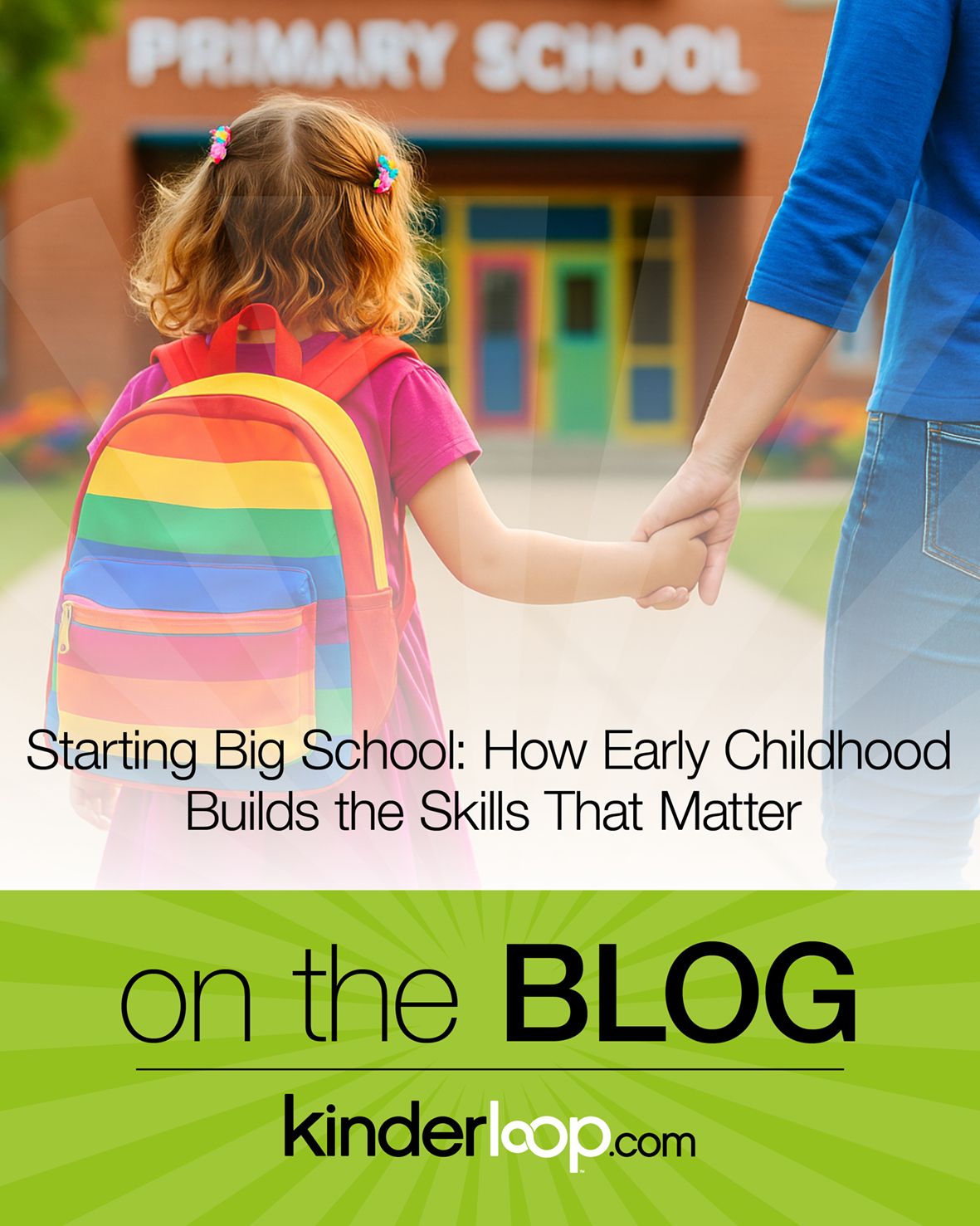Starting school is a milestone filled with excitement, pride, and often, a fair bit of uncertainty. Families want to know that their child is ready, and educators in both early childhood services and schools want to give them the best start possible. But what “ready” looks like can depend on who you ask.
A family walks into their child’s new primary school classroom and hears that phonics and early literacy should already be in place. Just months before, their child’s early childhood education service explained that the focus at this stage was on play, belonging, and curiosity. It is a confusing contradiction, and one many families experience.
Schools often emphasise formal skills, while early childhood educators prioritise dispositions and play. The gap between these expectations should not fall on the child, but too often, it does.
The Building Blocks of Early Childhood
Early childhood education services do not ignore literacy or numeracy. They lay the groundwork in developmentally meaningful ways:
- Language and communication: Through stories, songs, and conversations, children build vocabulary and phonological awareness — the foundations of reading.
- Social competence: Negotiating roles, sharing, and problem-solving in play develops collaboration and resilience, both essential for school life.
- Self-regulation: Learning to wait, follow routines, and manage emotions helps children concentrate and persist in more formal settings.
- Independence: Taking responsibility for belongings and making decisions prepares children for the autonomy expected in Prep.
- Early mathematical concepts: Counting, sorting, and measuring through play establish the base for numeracy.
- Motor skills: Activities like drawing, cutting, climbing, and balancing strengthen both fine and gross motor abilities, supporting handwriting and physical learning.
- Curiosity and creativity: Asking questions, experimenting, and imagining provide the spark for inquiry learning.
These building blocks may look different to the formal tasks expected at school, but they are no less important. Research into brain development confirms that early experiences of play strengthen the neural pathways for language, problem-solving, and self-regulation. In other words, play-based learning is not a lighter version of education; it is the foundation of it.
This is where platforms like Kinderloop support both educators and families. By documenting children’s play and linking it to the Early Years Learning Framework, educators can clearly demonstrate how pre-skills are developing. A simple post about block play can show persistence, problem-solving, and early maths concepts. For families, this translation is critical. It makes visible that play-based learning is curriculum-driven, brain-building work that is no less important than the phonics or number activities children will encounter at school.
The Gap at School Entry
Despite these strong foundations, many children enter Kindergarten or Prep where the emphasis is on phonics, handwriting, and number recognition. These benchmarks are important, but they can overshadow the less visible skills children bring with them.
Some children adjust quickly. Others feel the gap. A child who is still developing confidence or self-regulation may find it difficult to meet new demands, and this can lead to feelings of failure before formal learning has truly begun. Documentation matters here too, because it captures what otherwise risks being invisible.
Bridging the Gap
Bridging the gap requires effort from all three partners: Early childhood services, schools, and families.
Early childhood services can:
- Make the learning in play visible. Instead of “Ella built a tower,” explain “Ella was developing persistence, problem-solving, and early maths skills.”
- Share transition-to-school portfolios that highlight children’s strengths and learning dispositions, not just pre-academic skills.
- Build stronger links with local schools to ensure families hear consistent messages about what readiness looks like.
Schools can:
- Recognise that skills such as resilience, curiosity, and social competence are just as important as decoding letters and numbers.
- Balance formal teaching with play-based approaches in the early years, so children experience continuity rather than a sudden shift.
- Connect with local early childhood services to learn more about the children’s prior experiences and how these can be built upon.
Families can:
- Understand that play is serious learning. When children pretend, build, or tell stories, they are practising skills they will use in literacy, numeracy, and social learning.
- Use documentation from early childhood services as conversation starters at home: “Tell me about your game today. What did you discover?”
- Support both worlds — keeping play alive while also engaging with books, sounds, and numbers in fun, everyday ways.
Conclusion
The question is not whether early childhood education services should push academics earlier, or whether schools should abandon structure altogether. The question is how to ensure the transition feels like a bridge, not a cliff.
For many children, the move to school is smooth. For others, the mismatch in expectations creates unnecessary stress. No child should start their school journey already feeling behind.
When services document children’s play as real learning, when schools value the dispositions that underpin academic skills, and when families see the connections, the gap shrinks. The bridge is built. And Kinderloop is one of the tools that makes that bridge visible.
Happy Kinderlooping!
Follow along on our social pages to ensure you don’t miss out on all of the Kinderloop tips & hints, and learn about our new features!
Facebook
Instagram
